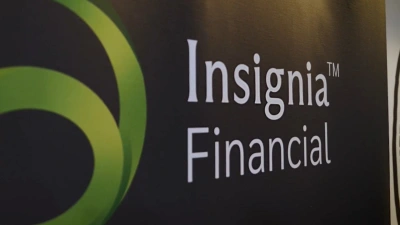Staff numbers down and profitability up at advice firms



With advice practices recording a slight uplift in profitability after years of decline, Business Health has outlined five key trends contributing to the change.
Practice profitability grew from a 2021 low of 24 per cent to now stand at 28 per cent.
It was attributed, in part, to decreasing staff numbers, which were down to some 5.8 staff from 6.1 just two years before, and was driving down expense budgets.
“While it might be as simple as not being able to replace staff who have left, we prefer (hope) that a renewed focus on training/development of staff together with better utilisation of technology within the practice is contributing to higher productivity and generally a more settled and balanced work force,” Business Health said.
“And, as a result, staff are appreciating the opportunity to balance working from home and office and are choosing to stay rather than go.”
The firm also outlined an increasing level of interest around outsourcing, though it is in early days for most firms.
Client numbers remain settled, with an overwhelming 87 per cent of clients willing to refer their adviser while 91 per cent expect to maintain an ongoing relationship. However, these clients are primarily Baby Boomers — over half (55 per cent) are aged over 60 while 45 per cent are already retired.
Business Health’s revenue per client metric, however, increased 10 per cent to an average of $3,850 per client.
“Seventy-four per cent of practices have reviewed their fee levels/structure over the past 12 months — a ‘best practice’ we hope will be continued,” it added.
It noted how these trends display a continuing emphasis on technology to improve time, efficiency, and productivity.
“Another important contributor in this space has been the move by more practices to have an internal resource dedicated to managing the IT infrastructure of their business, 16 per cent up from only 7 per cent previously,” Business Health noted.
This is freeing up advisers’ time and costs, allowing the number of client appointments (in-person or virtual) to increase 10 per cent.
“And to the last of our big five contributors, we believe that after a prolonged period of change and uncertainty, business owners are deciding it’s time to get on the front foot, accept the current environment and mould their practice accordingly,” Business Health elaborated.
“Many are driven by succession and transitional needs, for others it’s more about building their legacy.”
Recommended for you
Net cash flow on AMP’s platforms saw a substantial jump in the last quarter to $740 million, while its new digital advice offering boosted flows to superannuation and investment.
Insignia Financial has provided an update on the status of its private equity bidders as an initial six-week due diligence period comes to an end.
A judge has detailed how individuals lent as much as $1.1 million each to former financial adviser Anthony Del Vecchio, only learning when they contacted his employer that nothing had ever been invested.
Having rejected the possibility of an IPO, Mason Stevens’ CEO details why the wealth platform went down the PE route and how it intends to accelerate its growth ambitions in financial advice.















